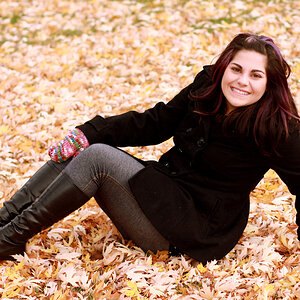MediocreMan
TPF Noob!
- Joined
- Jan 10, 2011
- Messages
- 4
- Reaction score
- 0
- Location
- Redding, CA
- Can others edit my Photos
- Photos OK to edit
Currently, I primarily shoot wild herpetology shots - snakes, lizards, frogs, etc. Quite often they are in situ, but sometimes I pose them, especially snakes (putting them under a hat so they coil up and then slowly removing the hat). Herp activity is usually best on partially cloudy days in my experience. Sunny days are often too warm where I live and most are down underground. With that in mind -
When I use to shoot film, it was primarily for photography class and almost exclusively B+W. I did do some experiments with color, it was mostly Agfa 200 negative and Fujichrome 200. That was a long time ago. I was much more impressed with prints made from Fujichrome than the Agfa negative film, so now that I'm back to shooting film and want to shoot color, I bought some slide film.
Thinking about it, the differences I saw were not really a fair comparison, the Agfa was processed and printed using whatever C41 machine they used at the camera store while the transparency film was sent out and may have had higher quality processing involved (it certainly cost more).
Anyway, I bought some Ektachrome E200. I went Ektachrome because I will want to scan to digital, and from what I have read on customer reviews, Ektachrome scans to digital better than most other transparency films. Are there other films I should try if scanning to digital is part of the intended process?
Since I am not doing action photography, my plan is to bracket each shot until I get a feel for the light meter. 1 at recommended exposure, 1 above and 1 below. Can you recommend a good amount to bracket? The meter adjustment on the camera (Elan II) appears to go in 1/2 stop increments. I am thinking 1/2 stop either direction (unless it is really obvious that meter will be incorrect) would be good, but maybe a full stop would be better? On the Canon DSLR I was shooting, I was bracketing more than once in each direction as it didn't cost me anything to do so, but now each snap of the shutter is costing me money, so I do need to try and limit my trigger finger.
Secondly, in reading some of the threads here, it seems many recommend negative film if scanning to digital is intended, something about dynamic range. I think I might kind of prefer to stick with slide anyway because I do have an old Kodak projector, and slide shows can be really fun. Is it really that much of a difference if you get the exposure correct?
Finally, I use Linux exclusively, so -
1) Any post scan processing will have to be done in the Gimp as I do not have an operating system capable of running Photoshop.
2) I will be needing a consumer film scanner that can work in a Linux workflow.
My preference would be a stand alone scanner that scans to TIFF on a memory card. That's easiest to deal with, as I can read the memory card and then copy the TIFF files. I really would rather not have to scan to jpeg as it is a lossy format, and I absolutely refuse to deal with scanning to any kind of proprietary format, even though some can be translated to TIFF via dcraw.
If any of my slides end up coming out as spectacular I may pay to have them drum scanned, but I am thinking for most, scanning myself with a consumer film scanner should suffice.
Can anyone recommend a consumer film scanner that preferably can operate in stand alone mode and save to TIFF?
Thanks!
When I use to shoot film, it was primarily for photography class and almost exclusively B+W. I did do some experiments with color, it was mostly Agfa 200 negative and Fujichrome 200. That was a long time ago. I was much more impressed with prints made from Fujichrome than the Agfa negative film, so now that I'm back to shooting film and want to shoot color, I bought some slide film.
Thinking about it, the differences I saw were not really a fair comparison, the Agfa was processed and printed using whatever C41 machine they used at the camera store while the transparency film was sent out and may have had higher quality processing involved (it certainly cost more).
Anyway, I bought some Ektachrome E200. I went Ektachrome because I will want to scan to digital, and from what I have read on customer reviews, Ektachrome scans to digital better than most other transparency films. Are there other films I should try if scanning to digital is part of the intended process?
Since I am not doing action photography, my plan is to bracket each shot until I get a feel for the light meter. 1 at recommended exposure, 1 above and 1 below. Can you recommend a good amount to bracket? The meter adjustment on the camera (Elan II) appears to go in 1/2 stop increments. I am thinking 1/2 stop either direction (unless it is really obvious that meter will be incorrect) would be good, but maybe a full stop would be better? On the Canon DSLR I was shooting, I was bracketing more than once in each direction as it didn't cost me anything to do so, but now each snap of the shutter is costing me money, so I do need to try and limit my trigger finger.
Secondly, in reading some of the threads here, it seems many recommend negative film if scanning to digital is intended, something about dynamic range. I think I might kind of prefer to stick with slide anyway because I do have an old Kodak projector, and slide shows can be really fun. Is it really that much of a difference if you get the exposure correct?
Finally, I use Linux exclusively, so -
1) Any post scan processing will have to be done in the Gimp as I do not have an operating system capable of running Photoshop.
2) I will be needing a consumer film scanner that can work in a Linux workflow.
My preference would be a stand alone scanner that scans to TIFF on a memory card. That's easiest to deal with, as I can read the memory card and then copy the TIFF files. I really would rather not have to scan to jpeg as it is a lossy format, and I absolutely refuse to deal with scanning to any kind of proprietary format, even though some can be translated to TIFF via dcraw.
If any of my slides end up coming out as spectacular I may pay to have them drum scanned, but I am thinking for most, scanning myself with a consumer film scanner should suffice.
Can anyone recommend a consumer film scanner that preferably can operate in stand alone mode and save to TIFF?
Thanks!
Last edited:


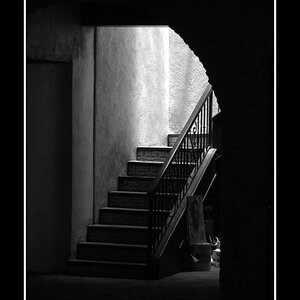
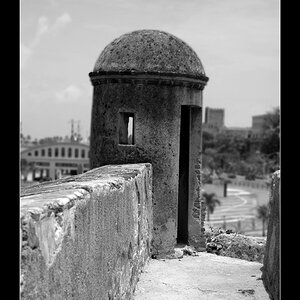

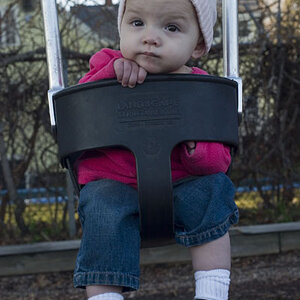
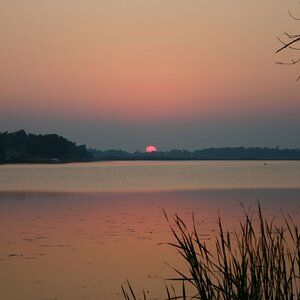
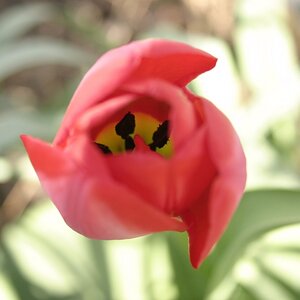
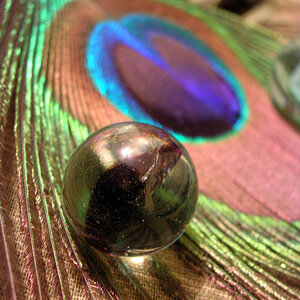
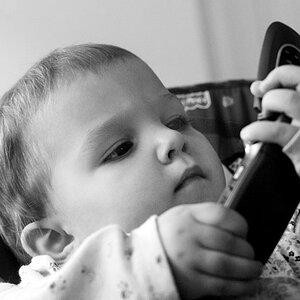
![[No title]](/data/xfmg/thumbnail/42/42462-2adb6efc01a19638fca25cd3000f5575.jpg?1619740192)
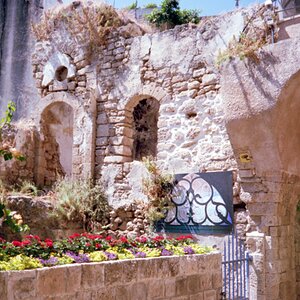
![[No title]](/data/xfmg/thumbnail/42/42460-80970c44cc9fb42dd0c86d08e7bc401d.jpg?1619740191)
